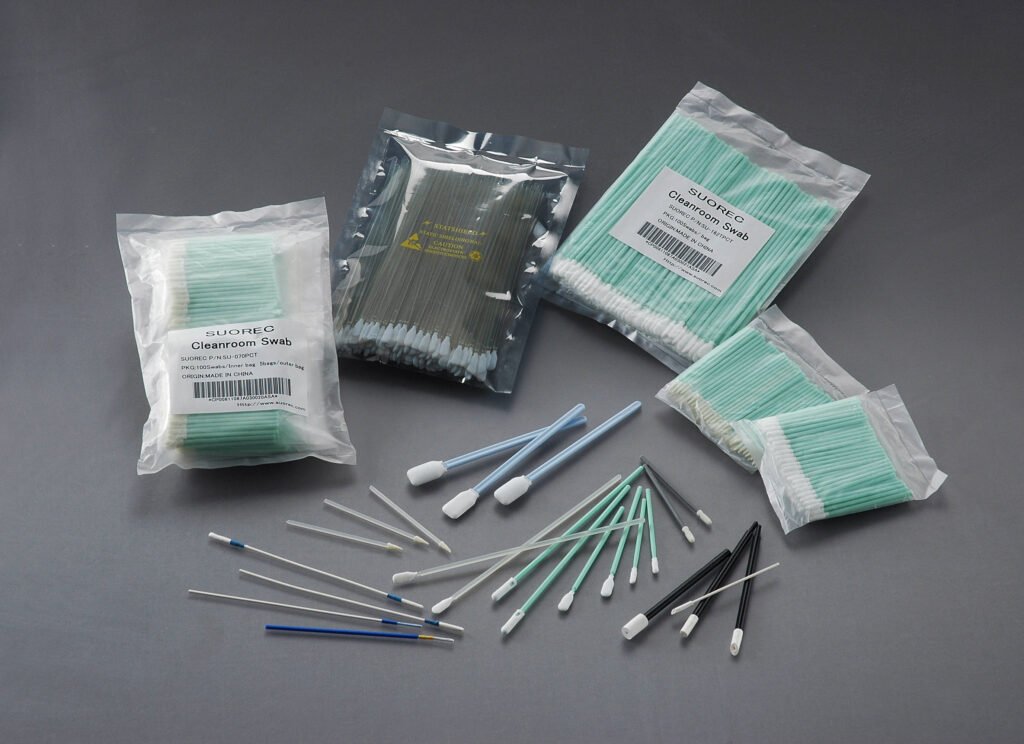
As a daily necessity with high demand, cotton swabs have a large demand for thermal energy in their production process, including cotton fiber processing, molding, bonding, disinfection and drying. Traditional heating methods (such as electric heating and boilers) have high energy consumption and low thermal energy utilization efficiency, while high-temperature heat pump technology can efficiently and accurately meet the thermal energy needs of the production process, while significantly reducing energy consumption and carbon emissions.
Heat demand in cotton swab production
The main processes and corresponding thermal demands of cotton swab production are as follows:
- Cotton fiber processing
- Process: Cotton fibers are washed and bleached to remove impurities and ensure hygiene.
- Temperature requirement: 40~60°C (hot water washing).
- Heat source requirement: low-temperature hot water.
- Bonding molding
- Process: Bond the cotton fibers to the rod body through hot glue or adhesive to ensure the stability of the product structure.
- Temperature requirement: 50~80°C.
- Heat source requirement: stable medium-temperature heat source.
- Disinfection and sterilization
- Process: Sterilize the finished cotton swabs at high temperature to ensure aseptic production.
- Temperature requirement: 80~100°C.
- Heat source requirement: high temperature hot water or hot steam.
- Drying
- Process: Quickly dry the cotton swabs after cleaning, bleaching or sterilization to prevent mildew and bacterial growth.
- Temperature requirement: 60~120°C.
- Heat source requirement: hot air or medium and high temperature heat source.
- Waste heat recovery
- Process: Recover waste heat from the drying and disinfection process for preheating cleaning water or workshop heating.
- Heat source requirement: Improve the utilization of low-grade waste heat.
Application scenarios of high-temperature heat pumps in cotton swab production
- Cotton fiber cleaning and bleaching
- Application scenario: The heat pump provides 40~60°C hot water for the cleaning process.
- Advantages:
- Replace traditional electric heating equipment and greatly reduce the energy consumption of hot water production;
- Constant temperature to improve cleaning and bleaching effects.
- Bonding and molding
- Application scenario: Provide a medium-temperature heat source of 50~80°C for bonding and molding.
- Advantages:
- The heat pump system has precise temperature control to avoid overheating and aging of the adhesive;
- Efficient heating, reducing heating time and improving production efficiency.
- Disinfection and sterilization
- Application scenario: Sterilization through high-temperature hot water or hot steam.
- Advantages:
- The heat pump provides stable 80~100°C hot water to meet the disinfection temperature requirements;
- Replace the boiler system to reduce carbon emissions and operating costs.
- Cotton swab drying
- Application scenario: Use a high-temperature heat pump to provide hot air for rapid drying.
- Advantages:
- The dry hot air generated by the heat pump has low humidity and stable temperature, which prevents the cotton swab from getting damp;
- Significant energy-saving effect, saving more than 30% energy compared to traditional heating methods.
- Waste heat recovery
- Application scenario: Recover waste heat discharged during drying and disinfection for preheating cleaning water
- Advantages:
- Improve energy utilization;
- Reduce overall energy consumption in production.
Case analysis: High-temperature heat pump renovation project in a cotton swab factory
Project background
A factory with an annual output of 30 million cotton swabs originally used electric heating equipment to provide heat energy, which had high energy consumption and unstable temperature control. In order to reduce operating costs, the factory plans to introduce high-temperature heat pumps for energy-saving renovation.
Renovation plan
- Install a high-temperature heat pump system to provide 40~60°C hot water for cleaning and bleaching;
- Use a heat pump to provide a 50~120°C heat source for bonding, disinfection and drying processes;
- Equipped with a waste heat recovery module for preheating cleaning water.
Renovation effect
- Energy saving: Energy consumption is reduced by 40%, and annual cost savings are approximately 500,000 yuan;
- Environmental benefits: Reduce carbon dioxide emissions by 800 tons, in line with green manufacturing standards;
- Quality improvement: Temperature control is more accurate during production, and the product quality pass rate is increased by 10%;
- Return on investment: The system investment will be recovered within 1.5 years.
Advantages of high-temperature heat pumps in cotton swab production
- Energy saving and environmental protection
- The heat pump energy efficiency ratio is as high as 3.5~5.0, reducing the use of fossil energy;
- Meet the requirements of energy conservation and emission reduction policies.
- Accurate temperature control
- Meet the strict temperature requirements of different processes and improve product quality.
- Waste heat utilization
- Recover waste heat in the production process and reduce overall energy consumption.
- Economical and efficient
- Replace traditional heating equipment and reduce operating costs;
- Low maintenance cost and long service life.
- Multifunctional integration
- One machine for multiple uses to meet the thermal energy needs of multiple process links.
Conclusion: High-temperature heat pumps help the sustainable development of cotton swab production
The introduction of high-temperature heat pump technology in cotton swab production can not only significantly reduce production energy consumption and carbon emissions, but also optimize production processes and improve product quality. As a green and intelligent heating technology, high-temperature heat pumps will become an important development direction in the field of cotton swabs and other light industries. If you are interested in the application of high-temperature heat pumps, please contact us for more technical support!

